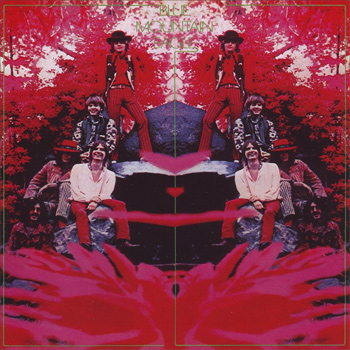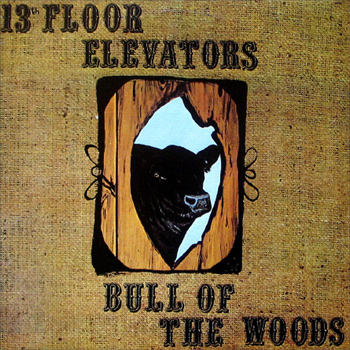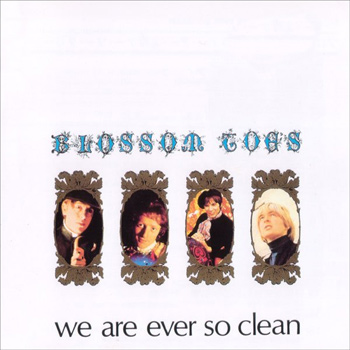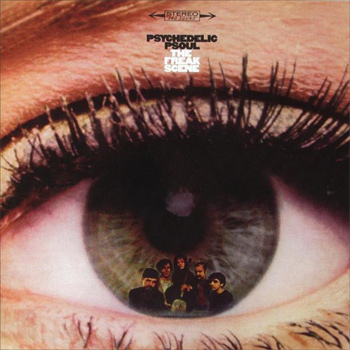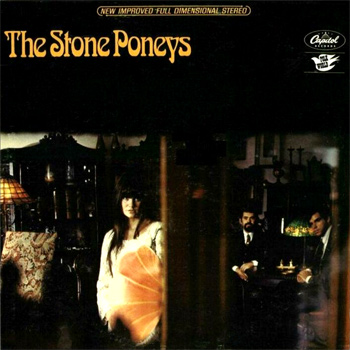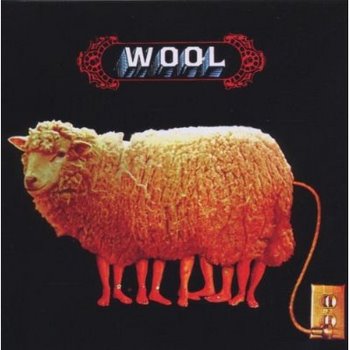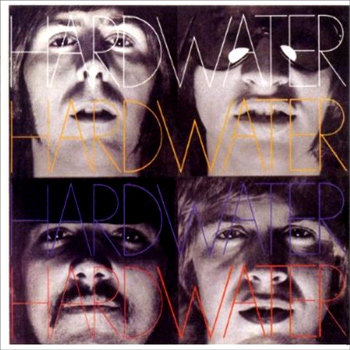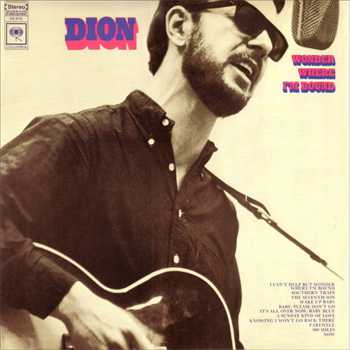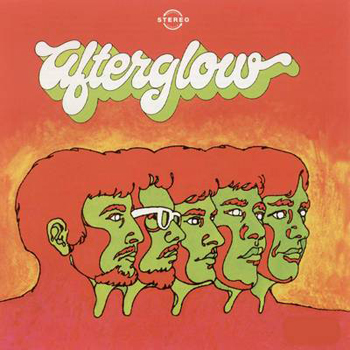Comus “First Utterance”
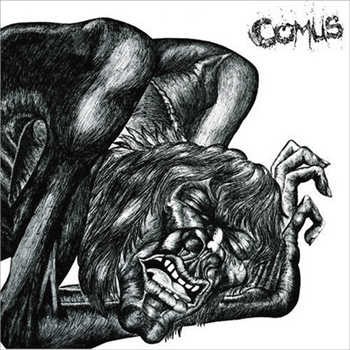
Quite reasonably described in recent reviews as acoustic death metal and too weird for folkies, too folky for weirdos, it would be hard to identify any album from the sixties/seventies cusp that was more wilfully intended to alienate the mainstream record-buying public than this totally unique progressive folk effort by Comus. First Utterance was, and still is, difficult. Fortunately today an appreciative audience exists for difficult stuff like this.
Kent-based art students Roger Wootton and Glenn Goring had played acoustic covers of Velvet Underground numbers in London folk clubs, thereby alienating the contemporary folk audience as early as 1968. Enlisting several classically-trained players, they became Comus, after the seventeenth-century masque (musical drama) by John Milton, and debuted at the Beckenham Arts Lab, the southeast London pub session hosted by a young David Bowie. The stage act now centred round Wootton’s lyrically-disturbing songs which drew from the themes of the original Comus – sorcery and attempted rape – and other similarly cheerful topics: murder, mutilation and mental illness. The accompaniment was fully acoustic apart from Andy Hellaby’s Fender bass, with Wootton on 6-string, Goring on 12-string and slide, Colin Pearson on violin and viola, Rob Young on flute and oboe and Bobbie Watson’s homespun vocals. There was no drummer but various band members contributed enthusiastic hand percussion when not soloing. Indeed, apart from Wootton’s lyrics the band’s other distinctive feature was the intensity and variety of sounds they conjured from their acoustic toolkit, matched by Wootton’s astonishing vocal variations which ranged from a demented Bolan warble via a Roger Chapman bleat to a John Lydon shriek.
A support slot with Bowie at London’s prestigious Festival Hall led to Comus’s signing with Pye’s adventurous progressive arm, Dawn, and a tortuous series of recording sessions. On its 1970 release the album received reasonable support, including a pre-release maxi-single comprising leadoff track Diana and two non-album songs plus a slot on the fondly-remembered Dawn Penny Concerts college tour. Despite this the album never appealed to other than a few wigged-out diehards, and it died an appropriate slow death, the band folding. In 1974, at the request of the nascent Virgin Records, Wootton, Watson and Hellaby reconvened as Comus with guest musicians to produce a more conventional folk-prog album To Keep From Crying, but this also stiffed and marked the end of the band until, thirty-four years later, the entire original outfit sans Young was enticed back together by a Swedish cult following for a live appearance at a Stockholm festival.
Diana conjures up the darkest of Dionysian images, operating around a disconcerting riff set off by cacophonous goblin voices and sweet atonal strings. The Herald is a serenely beautiful twelve-minute suite in three sections with allegorical day/night lyrics, lush woodwinds and a shimmering acoustic guitar centre section. By contrast the eleven-minute Drip Drip with its chilling references to nudity, bloody death and forest burial builds to a thunderous jam with howling strings and rattling percussion. The Bite chronicles the tortured nightmares of a condemned man’s final night of sleep to an inappropriately cheery guitar and flute backing reminiscent of Jethro Tull. The closing The Prisoner is a desperate cry for help from an inmate of a lunatic asylum which starts innocuously enough but progresses to a fractured, crazed finale. Subject matter notwithstanding, the quality of the music itself throughout makes it possible to appreciate the album without delving too deeply into the words, which suits me just fine.
First Utterance was reissued as a single CD by Phantom Sound & Vision in 2004, and is currently available as part of a comprehensive 2CD set Song To Comus on Castle that includes the whole of both albums and the maxi-single, both sides of a late Wootton solo single and an unreleased outtake plus an excellent historical booklet. All the Comus you could conceivably want, frankly. If you really need to digest the lyrics, visit Comus’s website.
“The Prisoner”
![]() Original | 1970 | Dawn | search ebay ]
Original | 1970 | Dawn | search ebay ]
![]() Reissue | 2005 | Castle | buy here ]
Reissue | 2005 | Castle | buy here ]
